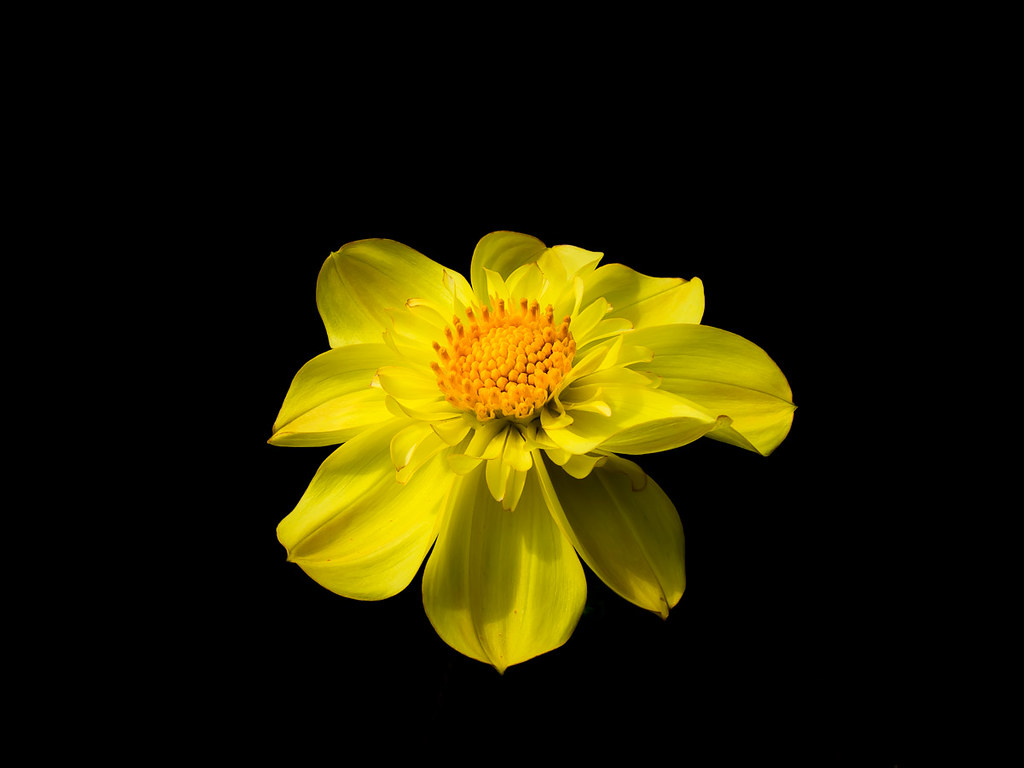 September 26, 2011; O.k., so it's a little later than I had intended it to be for this update but after all the events at the race, I wasn't even sure if I wanted to keep doing this especially about something as trivial as bags, packing and gear. But a few weeks have passed, the horrific events of the race are settling in and it feels like life, at least for some, is looking normal again. For those of whom that it is not, my deepest and most sincere condolences. I won't report on the events here for the primary reason that I wasn't at the airfield when it happened and enough has been said in the news. I, and a good friend of mine, had chosen to leave the airfield just before that race was to commence and because we did we were fifty miles away in an old ghost town taking photographs. I am happy to say that no one that we knew and no one from the Merlins Magic Crew were involved or hurt. So, having said that I'll get back to where I was with the trivial matter of bags, packing and gear.
September 26, 2011; O.k., so it's a little later than I had intended it to be for this update but after all the events at the race, I wasn't even sure if I wanted to keep doing this especially about something as trivial as bags, packing and gear. But a few weeks have passed, the horrific events of the race are settling in and it feels like life, at least for some, is looking normal again. For those of whom that it is not, my deepest and most sincere condolences. I won't report on the events here for the primary reason that I wasn't at the airfield when it happened and enough has been said in the news. I, and a good friend of mine, had chosen to leave the airfield just before that race was to commence and because we did we were fifty miles away in an old ghost town taking photographs. I am happy to say that no one that we knew and no one from the Merlins Magic Crew were involved or hurt. So, having said that I'll get back to where I was with the trivial matter of bags, packing and gear.Knowing also that there would be lots of people, crowded walkways and airplanes parked in the "pits" with mechanics working on engines in tight spaces something on the wide side for a lens would be important so a Nikkor 24mm and 35mm also found a home in the bag.
I had planned as well to go out into the desert for some ghost town exploration and knew that some macro photography would also come into play so a Nikkor 105mm macro lens also needed a place in the bag.
Of course there's the customary batteries, compact flash cards, cables, filters, lens hoods, cell phone, iPad, gum, magazines and power bars. Oh, and a tripod. Plus clothes for four days.
All this was complicated by the fact that we would be flying to Reno on a Dash 8-400. Nice airplane (a little slow) but not much overhead storage so I knew my roll-on bag (Rick Steves ~ 21" Roll-a-board http://www.ricksteves.com/) would get checked at the gate. Knowing that I didn't want any expensive gear in that bag I broke down my tripod and put into the roll-on, batteries, cables and other stuff I didn't need access to in flight went into the roll-on and only my camera body and lenes stayed with me in a Crumpler 7million dollar home http://www.crumpler.com/US/ (funny name for a bag) and only ended up weighing about 15 pounds (still heavier than I like to lug around but for the most part it rode on my roll-on until we boarded.)
One of the things that was important to me was to not haul around a big camera bag, either on my back or over my shoulder. Like I said, it's hot and there's lots of people and it is an all day affair. So for me a "Black Rapid" shoulder sling http://www.blackrapid.com/product/camera-strap/rs-7/ proved to be just the right thing. That with my camera hanging on it and an extra lens in one cargo pocket of my shorts, battery, card and cleaning cloth in the other pocket and I was set. Hands Free and nothing hanging around my neck or on my back.
For the rest of the trip, out in the desert and visiting ghost towns, I just kept everything in the Crumpler in the the back of the rental car.
Tragic events not withstanding, the trip was good. It took some time to adjust to what had happened and it happened on the second day of a four day trip. Since the races were called off we decided to make the best of it and spent our last two days out shooting in Nevada's beautiful high desert and the Sierra Nevada Mountains.
Above is Richard Massey, Artist in Residence at the Fort Churchill State Park. Wonderful fellow who was kind enough to give us a personal tour of the park and the old Bucklin Mansion.
The ruins to the right are two of the remaining buildings at Ft. Churchill.
More photos from this trip can be seen at either; http://www.tomcollinsphotography.com/Travel/Nevada/19132364_2dgrjz#1489964033_9vrZN9v or at; http://www.flickr.com/photos/tomcollinsphoto/





